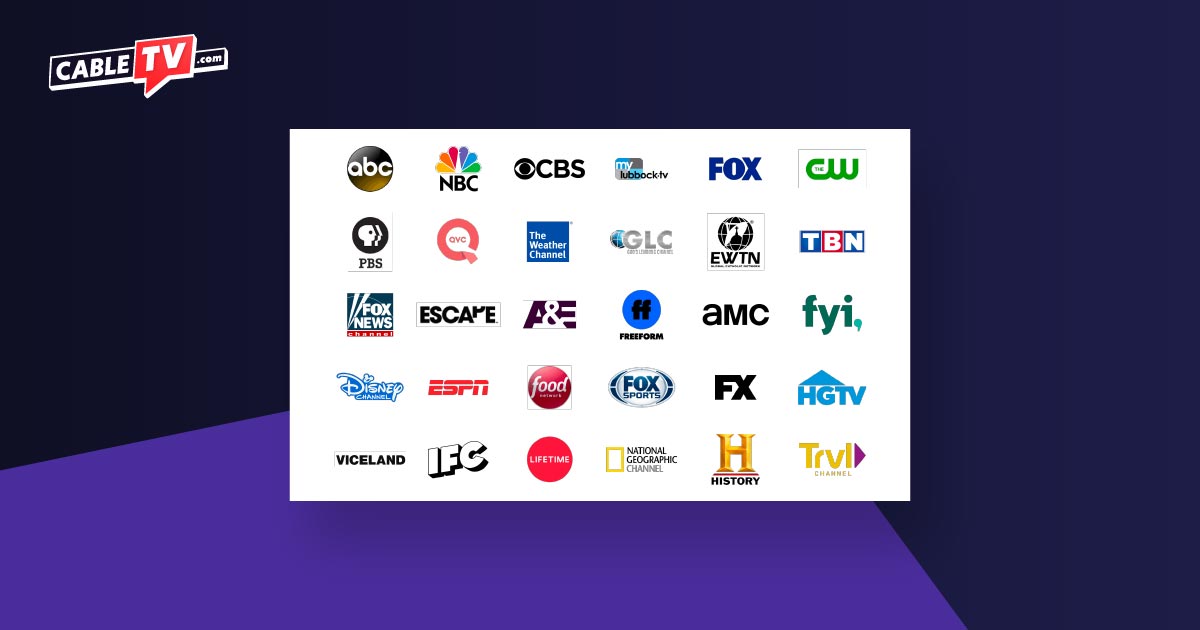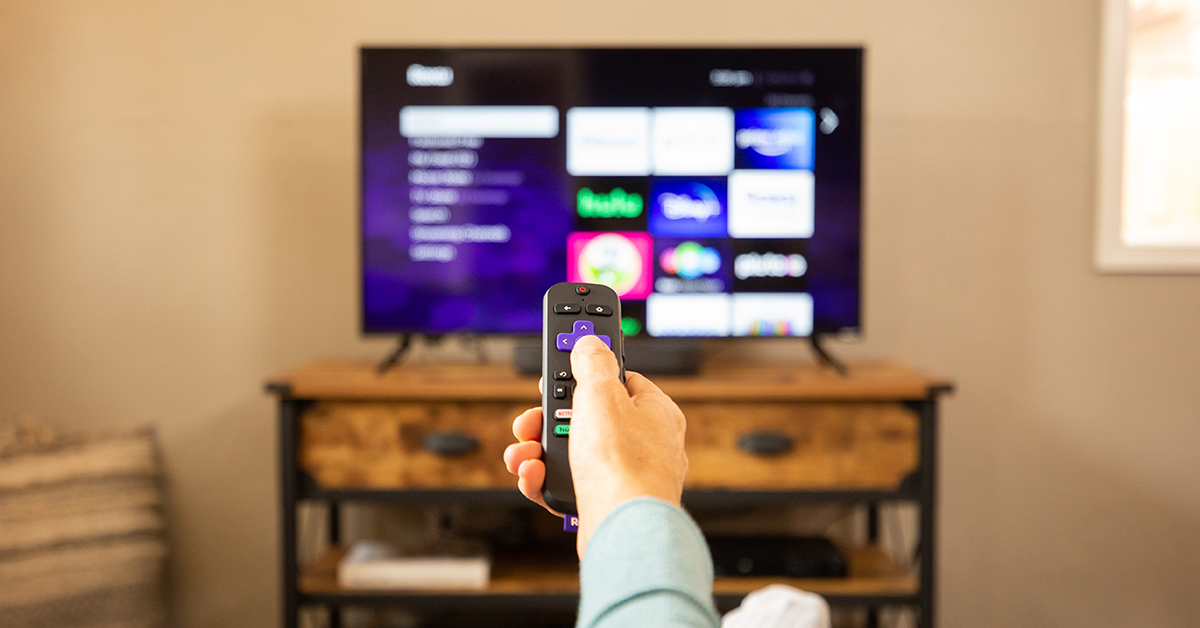The 5-Minute Rule for News Channels
Wiki Article
Getting My News Channels To Work
Table of ContentsLittle Known Questions About News Channels.Fascination About News ChannelsThe Only Guide to News Channels5 Easy Facts About News Channels ShownWhat Does News Channels Mean?Things about News ChannelsAll about News Channels
Every 15 minutes we go back to our reporter in the field for an update on what's happened since the last time we visited them - News Channels. Most of the time the answer is "nothing". But even if something had happened, the chances are we wouldn't get to hear about it – as all they've done is stand in front of the camera waiting to go liveTo actually go and get the news they'll need to send – and pay for – a second crew. Newsgathering becomes a sausage machine, dedicated to filling airtime. Hours a day are spent on live feeds waiting for something, anything, to happen. "Vamping" it's called in the business. A correspondent talking to fill empty airtime until the press conference or event begins.
Al-Jazeera America – keen to make impact in the US market – follows the lead of the other news channels and vamps for 20 minutes or more until the president's press conference begins. When a presenter feels compelled to say "Plenty more to come, none of it news. But that won't stop us" (BBC News's Simon Mc, Coy, waiting for the royal birth ), then there really is a problem.
The News Channels Ideas
News could be transmitted from anywhere, repackaged and then delivered to people's homes. When CNN launched in the 1980s the live capability of a satellite network was breathtaking and transformative. Now, technological developments mean that for the most part the internet has replaced satellite links for capturing and distributing the news.Yet the industry remains wedded to the idea of a single, linear channel. Audiences have never been convinced. Viewing figures for news channels have always been low – spiking when a big event happens. The justification for broadcasters was to have a rolling spine of coverage that could be turned to at moments of need.
News channels prize being first – a race that they can't win, and nobody else cares about. "Did we beat CNN?" is a phrase often heard in a newsroom. But in the digital age social media will always win the race to be first (if not always the race to be right).
The Main Principles Of News Channels
Press conferences are edited and reported; two-ways with reporters often cut away to pre-recorded package where the real storytelling takes place. News editors have conflated on-demand with live – and in doing so have added costs for very little audience benefit. Television news can be powerful, moving and informative. It can, in the space of a few minutes, change the outlook of an entire nation.
Plus the live correspondent two-way confirming that although it's a very important event, nothing much has happened. Most of the rash of global news channels that have been launched in the past 10 years are in some way state-backed and – although this is frequently denied – are there to reflect a particular set of values to the world.
It's about "soft power" – which at least is go to the website a purpose. China has invested more than $7bn in international broadcasting and talks of laying "cornerstones to underpin a de-Americanised world". Exposing the world to our political and social values may be the strongest justification for global news channels. But in the meantime much of the audience, including in developing countries, are looking at their mobile phones and posting to Facebook.
The Single Strategy To Use For News Channels

Fox News has led the way News Channels in making US TV news channels more partisan. Photograph: Reuters At heart, the problem is a closed, linear technology failing to keep pace with the growing on-demand, interactive expectations of the public. News channels suffer from low audiences – at times vanishingly small. These audiences were boosted by a switch to multichannel and digital TV; now they are at best flat and in many cases declining.
A truly news-on-demand service, with no heritage – not reusing TV material, nor reusing print – could be genuinely ground-breaking, reconstructing a news operation and creating a new relationship with audiences and consumers. This is starting to be recognised in the US: CNN's Jeff Zucker has planned major changes recognising there is "not enough news" to fill a news channel CBS is reported to be developing an online streamed news channel, separate from broadcast channels Al-Jazeera in the US has developed AJ+ as an online-only source of video news Yahoo has recruited one of America's biggest news names in Katie Couric to "anchor" their news home page Digital companies such visit this web-site as Vice and Buzzfeed are recruiting significant numbers of foreign correspondents and opening global bureaux – built around the web, not satellites, Elsewhere there are fewer signs of experimenting with continuous TV news.
The Greatest Guide To News Channels
Return newsgathering to what is says on the tin – a service that goes out to speak to people, investigates, considers and then files packages as needed, with updates and commentary, freed of the need to fill empty space. When something happens, or new information comes to light, a new story can be generated.It's not two bodies in a studio waiting, hoping for something, anything to happen, or a miserable guy under an umbrella filling empty time. It's both far more, and far less, than that. Satellite news channels have played a hugely important role in the development of 24-hour news and information over the last 30 years.

5 Easy Facts About News Channels Shown
Some local TV channels will be changing frequencies in phases through mid-2020. However, because TV channels are moving at different times, you may need to rescan your TV set more than once. Stay tuned to your local channels for information on when to rescan, as broadcasters will give viewers at least 30 days notice.to 1:00 a. News Channels. m. Eastern time, seven days a week, to enable consumers throughout the country to obtain assistance during evening and weekend hours

What Does News Channels Do?
In the beginning there was Cronkite. And it was good. The mighty Walter was "the most trusted man in America," and the CBS Evening News is how the nation got its daily dose of current events -- faster than waiting until tomorrow morning for the paper! And then there was Ted Turner's Cable News Network, CNN, which flicked on its broadcasters in 1980.Report this wiki page